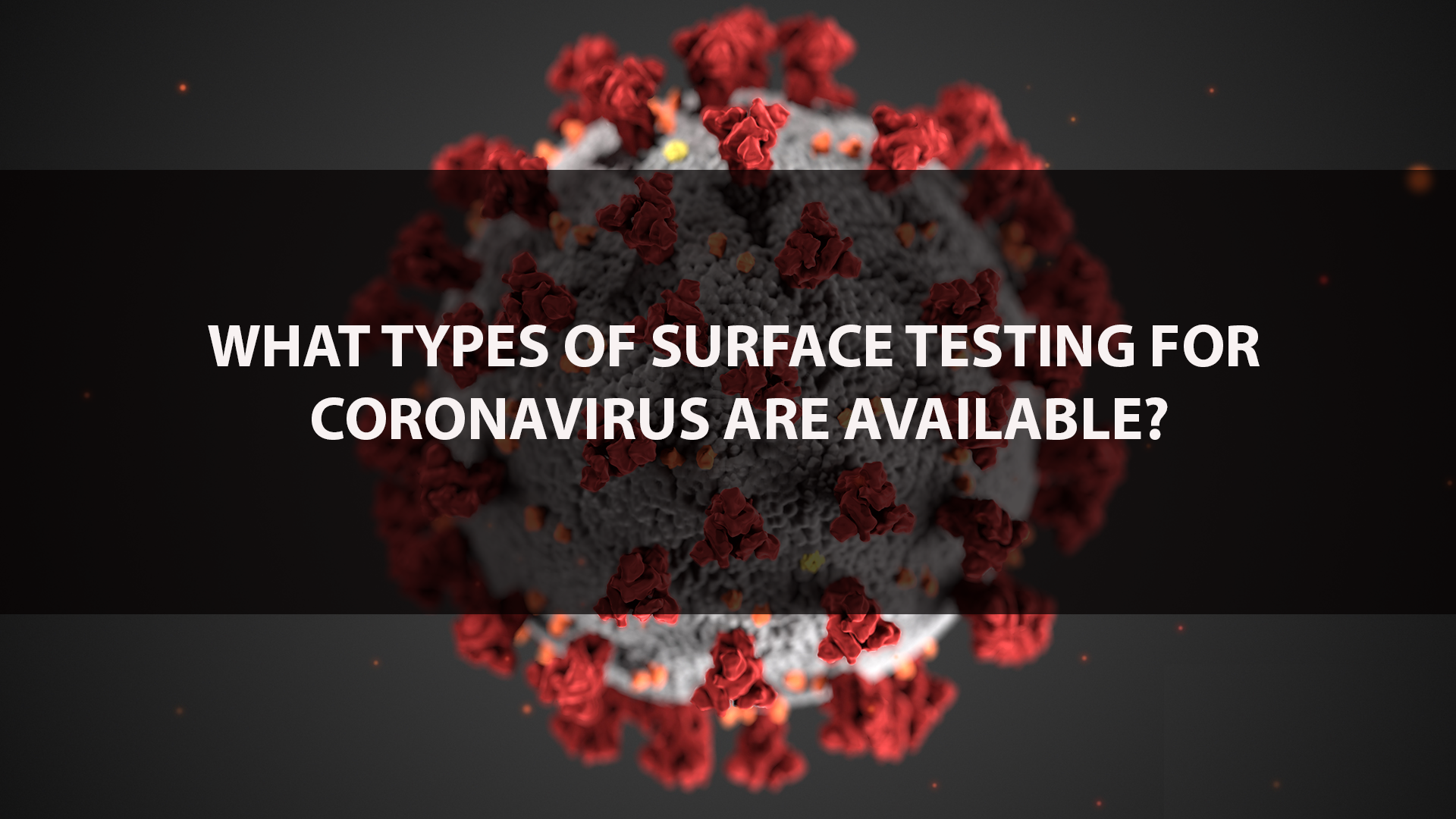With the recent pandemic of coronavirus that causes COVID 19, there are a few different types of test kits for surfaces and buildings that are now being shipped. When choosing a style or type of test kit, its very important to understand how the technology works. Will the test kit be measuring for simple proteins which may be already present in the environment? Will the swabs be measuring for DNA or RNA sequences that may relate to the virus, and if so can it differentiate between a live sample and dead sample that has been deactivated by sanitation? The best testing methods will actually culture and grow organisms from the surfaces and can determine if bacteria and potential virus particles have been fully disinfected.
The choice of testing methods should ultimately be based on the chances of false positive results and false negative results. To prevent the spread of disease, false negative results should be avoided at all costs. To continue to operate and run your facility effectively, false positive results should be kept to a minimum if possible.
Surrogate Respiratory Organism Testing
Surrogate respiratory organism surface testing is a method that collects samples from surfaces within a building, that are then cultured and grown in a lab environment. This type of testing cannot identify the virus that causes COVID-19, but can identify the other bacteria and organisms that typically live in the human respiratory tract. If the other organisms that are present in the human respiratory system have been killed, a building operator may wish to use this as an indicator that cleaning for the corona virus has been adequate.
The main difference between this surrogate testing and other test methods available is that it identifies if the organisms collected are actually alive. The current assumption is that most facilities will be routinely sprayed or wiped with disinfectants between shifts. This spray may be sufficient to deactivate and kill corona virus organisms, but will leave dead virus and bacteria on surfaces which may show up as false positive results in other test methods.
ATP Swab Testing
ATP test swabs are field usable units that test for the presence of adenosine triphosphate. Adenosine Triphosphate is the primary energy molecule that is present in all living organisms. This test method has a long track record of use in the food-production and medical industries where sterile or near-sterile conditions are required. ATP test kits only test for a specific molecule, and cannot differentiate between organisms that have been killed with a disinfectant or sanitizing agent, or are still alive.
This type of testing is likely effective for testing surfaces for COVID-19 pathogens if the client can be absolutely assured that all biological materials have been fully removed. Testing an area with an ATP kit is likely to give false positive results if the cleaning procedure employed was limited to antimicrobial application and a simple wipe-down. There is also data to suggest that the chemistry of specific cleaners and disinfectants may interfere with the reliability of these tests.
PCR or Genetic Testing
PCR testing for SARS-CoV-2 (coronavirus) is still in the very early stages. This test method utilizes a lab analysis called polymerase-chain-reaction. This analysis can detect even very small amounts of the RNA (genetic material) that is very specific to a virus or other organism. As the novel corona virus that causes COVID-19 is new to the industry, these tests may not be available at commercial levels for some time. PCR testing for the SARS-CoV-2 RNA is now available at select CLIA certified labs. Additionally, PCR testing cannot differentiate between living and dead virus particles, and thus can yield false positive results from surfaces that have been cleaned with a standard antimicrobial application and not thoroughly wiped-down.
For More Information…
Comments are closed.

